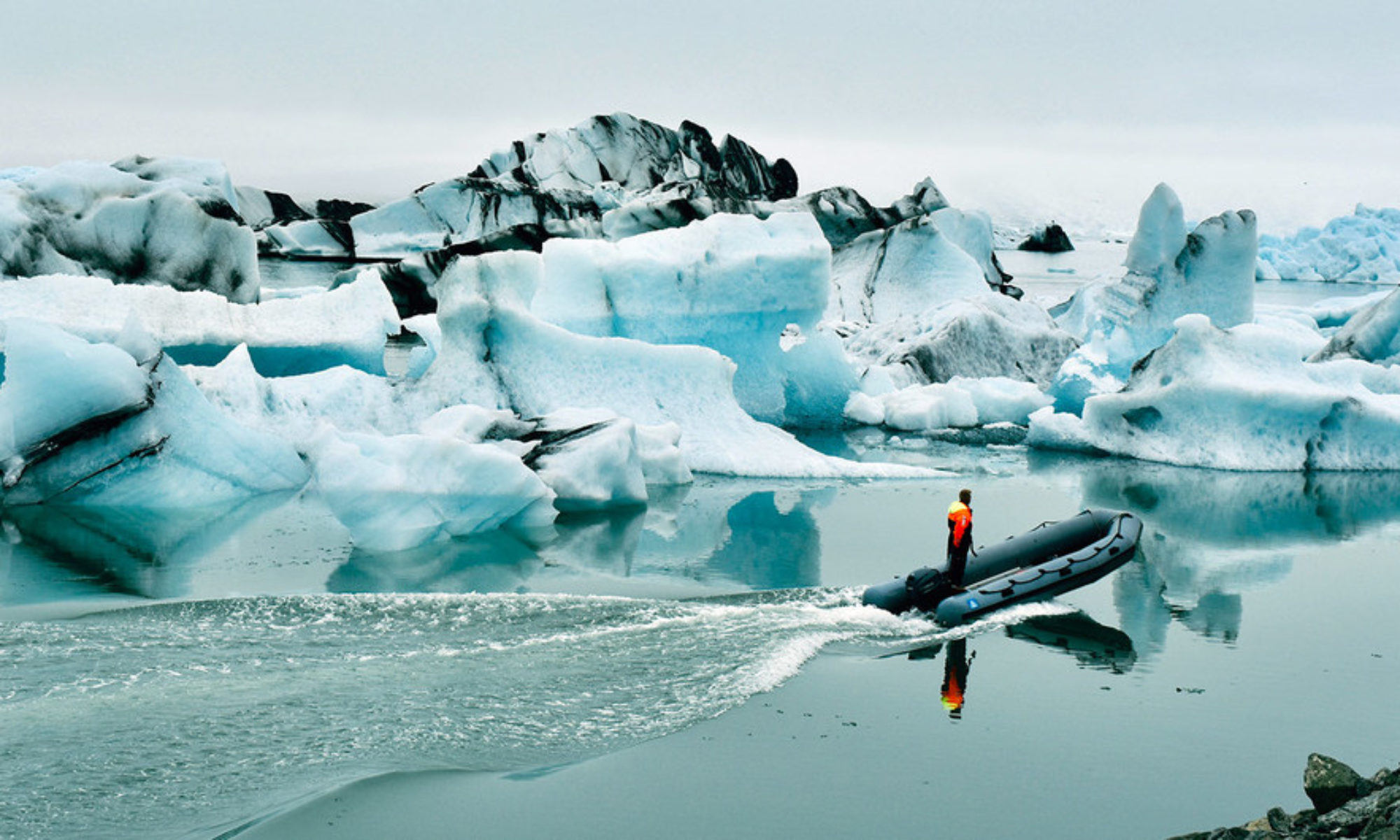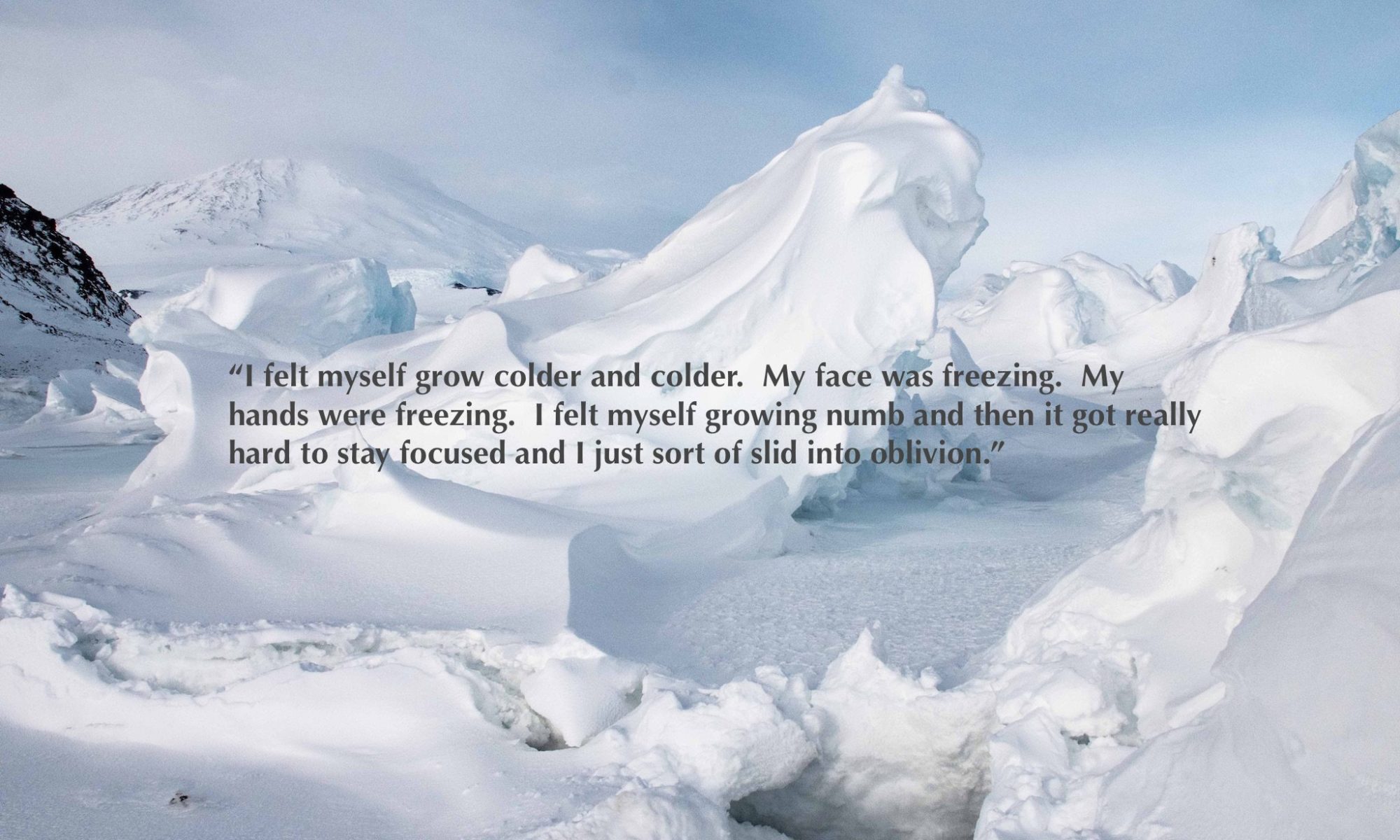Summary: Without the right clothes, nutrition, and shelter, the cold becomes a dangerous foe. This sections addresses the physiological effects of cold on the body and how humans react to such harsh conditions. Hunger and hypothermia loom over the chilling winds of the cold and many can succumb to their hand if not prepared.
How Cold Can You Go
Tolerance depends on the duration and extent of exposure. Clothing, wind, rain, and immersion drastically alter one’ tolerance, making it difficult to give a clear estimate.  For example, when properly clothed, temperature at -29 degrees Celsius remains safe. Yet just a wind chill at 10 mph freezes the skin in two minutes. Warming the skin via blood flow also causes heat loss and forces the body to cool. Lungs constantly experience cold air, and in serious conditions, respiratory tract cells will slough off. The cold impairs nerve function, sensation, manual dexterity, as well as increases dehydration.
For example, when properly clothed, temperature at -29 degrees Celsius remains safe. Yet just a wind chill at 10 mph freezes the skin in two minutes. Warming the skin via blood flow also causes heat loss and forces the body to cool. Lungs constantly experience cold air, and in serious conditions, respiratory tract cells will slough off. The cold impairs nerve function, sensation, manual dexterity, as well as increases dehydration.
Coping with Cold
Decreasing heat loss means reducing skin blood flow. To prevent permanent skin tissue damage, the body alternates with periods of vasodilation and vasoconstriction. The body also increases heat production with muscle activity like shivering and exercise. When stimulated by adrenaline, brown fat in human bodies, especially young children burn fuel to produce heat.
Frozen to Death
Exercise and alcohol lower blood sugar, diminishing the bodily response to the cold and increasing heat loss. Mild hypothermia induces shivering, numb hands, impaired manual dexterity, tiredness, and irritable. Moderate hypothermia (below 35 degrees C) brings on violent shivering, deterioration of muscle coordination, impaired mental abilities, and sleepiness. Below this temperature, shivering ceases and the ability to walk fails completely. Profound hypothermia reduces heart rate, breathing rate, and consciousness past the measurable levels, leading to cardiac arrhythmias and death. To try to reverse these effects, victims must be immersed in warm water and breathe in warm air.
In Arctic Waters
 Water causes heat loss faster than air, and exercise speeds heat loss since new water soon replaces recently warmed water, along increased extremity circulation. Subcutaneous fat proves advantageous in cold waters due to its insulation and heat production during exercise.
Water causes heat loss faster than air, and exercise speeds heat loss since new water soon replaces recently warmed water, along increased extremity circulation. Subcutaneous fat proves advantageous in cold waters due to its insulation and heat production during exercise.
Chapped Hands, Cold Feet, and Frostbite
Repeated cold exposure may cause chilblains (red, itchy patches of skin), Raynaud’s syndrome (fingers and toes to turn white, blue, then red), or trench foot, a local non-freezing cold injury results from prolonged cold exposure to cool and wet conditions.
Frostbite varies depending on the depth of tissue freezing. When reheated, painful blisters will form, and if the penetration reaches the tendon, muscles, and bones, permanent damage results. Inside cells, water exits and high salt concentration yields massive cell death. When thawing, fine blood vessels may leak and swell, inducing more cell death.
Eskimos vs. Explorers
Intermittent exposure to cold somewhat increases cold adaptation, resulting in greater tolerance and less discomfort. Cold also stimulates appetite, and increased food intake causes a higher metabolic rate coupled with enhanced heat production.
Cold Benefits
Surgeons utilize the cold to slow the metabolic rate of the body to decrease its oxygen demands, enabling blood to be interrupted without causing permanent damage. Both heart and brain circulation slow and or stop to properly operate on.

